Paratuberculosis in cattle is a chronic infectious, granulomatous enteric disease caused by Mycobacterium avium paratuberculosis and characterized by continuous and progressive diarrhea, weight loss, debilitation eventually death. Paratuberculosis occurs throughout the world and seems to cause disease in almost every species of animal. The disease is also known as Johne’s disease.
Infection is acquired early in life in animals, usually under 30 days of age, but clinical signs rarely develop in cattle under two years. Most calves are affected soon after birth either through nursing udders having contaminated with infected animal’s feces or by being housed in contaminated pens.
What Do You Need To Know About Paratuberculosis in Cattle?
Paratuberculosis or Johne’s disease is a severe disease of cattle. The infection was found in both beef and dairy cattle. The disease is one of the causes of the economic loss of your farm. Knowledge of the disease can guide you to take necessary preventive measures at the earliest time. In my article, I shall discuss the causes, transmission, clinical signs, diagnosis, treatment, prevention, control, vaccination, and public health importance of Paratuberculosis in cattle.
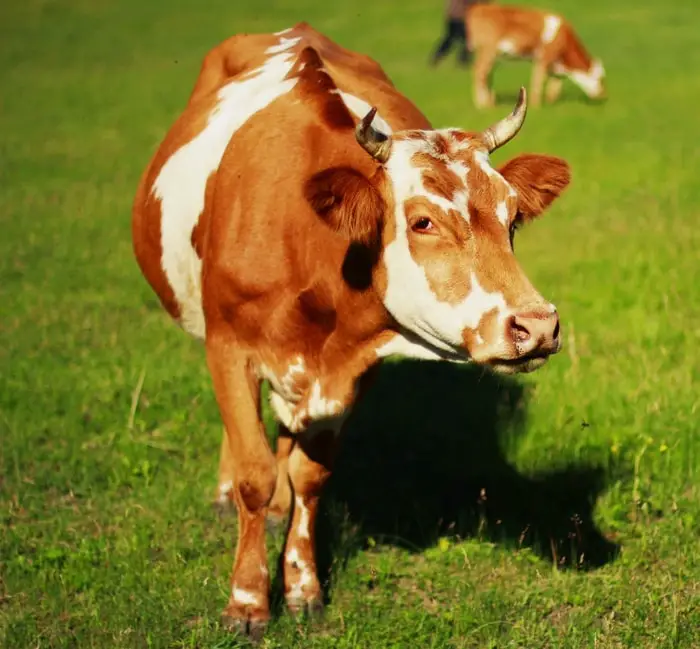
Causes of Paratuberculosis in Cattle
The causative organism is Mycobacterium avium paratuberculosis (MAP), formally known as M. paratuberculosis. It is an intracellular and extracellular organism. Its presence in milk can survive even after pasteurization, which has raised human health concerns due to the widespread nature of MAP in modern dairy herds.
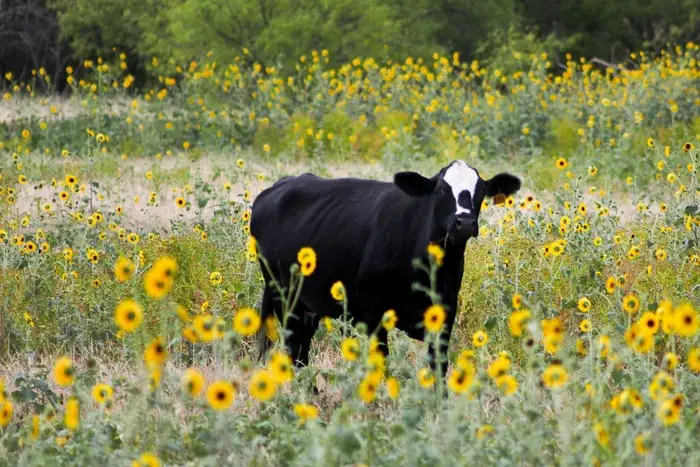
Transmission and spread of Johne’s Disease
This organism survives outsides the host in buildings for up to a year and moist feces on pasture for 3 to 9 months. It is sporadic due to the slow rate of spread of the disease and common in cattle, including buffaloes, and to a lesser extent in sheep and goats, and females are more affected than males. The organism can also be found in colostrum and milk of infected cows and uterine discharge due to intrauterine infections.
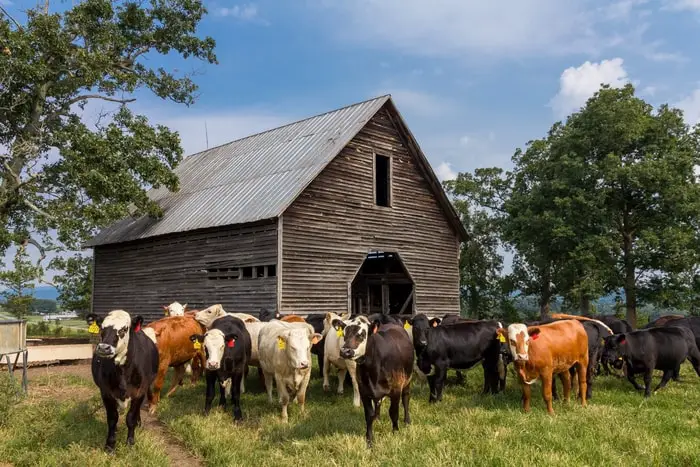
Predisposing factors include the size of the infective dose, age, stress, and immunosuppressive agents. It has a long incubation period, and the infected animals may excrete organisms in the feces for 15 to 18 months before signs appear. The organism shed in large numbers in infected animals’ feces, and infection is acquired by the ingestion of contaminated feed and water.
What are the Symptoms of Johne’s Disease?
The incubation period is six months to 2 years or more, and signs do not appear before two years of age and most familiar in the 2 to 6 years of age. In cattle, signs of the disease include:
- Intermittent diarrhea, accompanied by a gradual loss of weight.
- It is typically thick, does not contain blood, mucus, or epithelial debris and is passed without tenesmus, and diarrhea does not respond to the usual astringents.
- Animals are alert, and temperature and appetite are usually average, although thirst may be increased.
- Unthrifty appearance, rough hair coat, reduced milk production, the rectal temperature may or may not be elevated.
- The disease’s course is varied from 6 weeks to 1-2 years and death due to weakness and dehydration exhaustion.
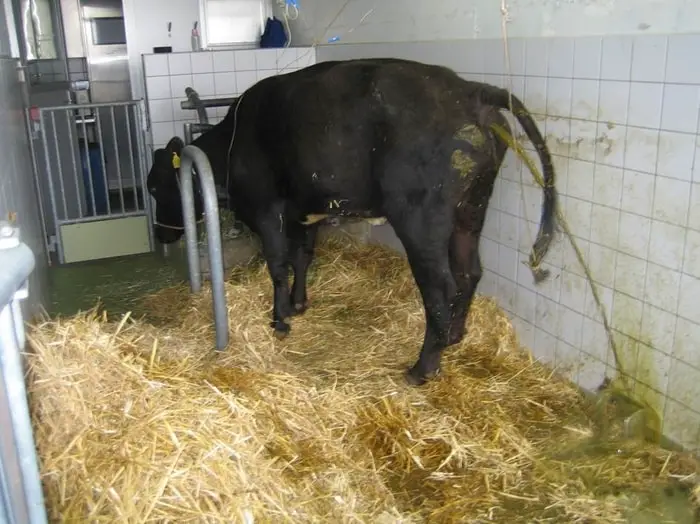
Diagnosis of Paratuberculosis in Cattle
Field diagnosis is made based on history, clinical examination, Johnin tests, and necropsy changes. Bacteriological examination of the feces by direct examination of stained fecal smear but difficult to distinguish from other acid-fast organisms. In non-shedders, a pinch of biopsy can be collected with the fingernails or scrapings of the rectal mucosa, and clumps of acid-fast bacteria may be found in epithelial cells and macrophages. Tissue morphology is very supportive of the diagnosis.
Serologic test for the diagnosis of Johne’s Disease are:
- CFT, AGDT, ELISA, and FAT have been used for the diagnosis of this disease.
- Agar Gell Diffusion Test (AGDT) was found 90 to 96% accurate in clinical cases and 25% accurate in carrier cases.
- Fluorescent Antibody Test (FAT) was found unable to differentiate other Mycobacterium spp.
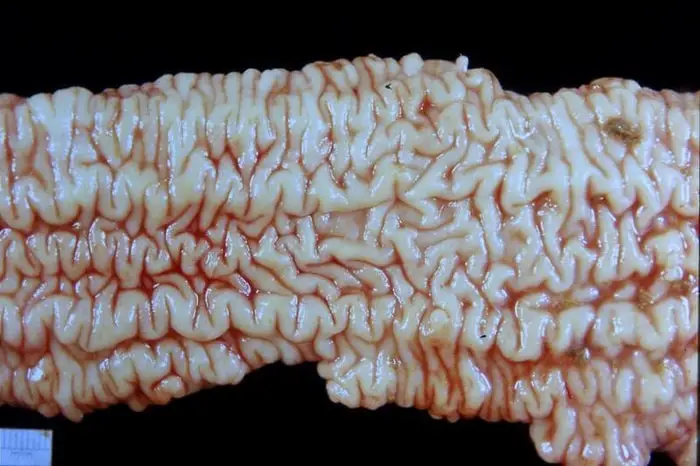
Paratuberculosis in Cattle Treatment
There is no complete treatment for the disease, and this organism is more resistant to chemotherapeutic agents in vitro than M. tuberculosis so that prospects for suitable treatment are insufficient. The infected animal should be culled for slaughter purposes. Streptomycin, dihydrostreptomycin, and rifampin with Isoniazid are providing some improvement with the disease.
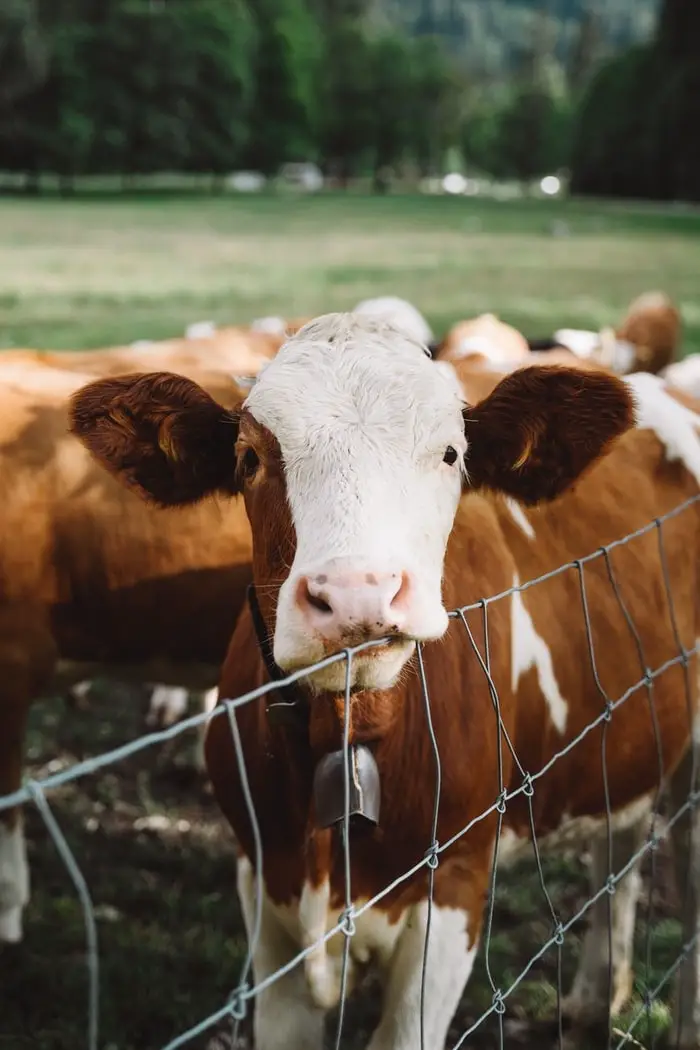
Prevention and Control of Johne’s Disease
It is challenging to control and impossible to eradicate the Paratuberculosis of cattle. The best method to control is thoroughly cleaning a farm, restocking, and preventing the infected animals’ subsequent reintroduction. Use disease-free breeding stocks for breeding the cows. Hygienic measure to prevent Paratuberculosis is:
- Avoiding of fecal pollution of drinking water and feed by providing troughs in high positions.
- The stalls, buildings, and equipment should be disinfected with ortho phenyl or 2-3% cresol solution
- Provide a clean environment for calving, and calves should be removed from cows immediately after birth because the intrauterine infection can occur.
- Identification of carrier animals and immediate sale for slaughter.
- Quarantined and residual animals retested at six months interval.
Vaccination to increase the resistance:
- Vallee’s vaccine of live Map organisms in a paraffin oil-pumice stone vehicle which is commonly used in the UK and European countries
- Sigurdsson vaccine, which contains killed organisms, is the vaccine of typical use, mostly used in the USA. It is used in calves less than one month of age.
Final Advice on Paratuberculosis in Cattle
Johne’s disease or Bovine Paratuberculosis is a severe problem for the farm owner. The mortality rate is less, but the affected rate (morbidity) is higher. Your farm will lose economically by losing the cattle’s performance, reduced production, and death of young calves. If you know the transmission and prevention methods, you can easily control the spread of the disease on your farm. In my article, I have given all possible information for the betterment of your farm.